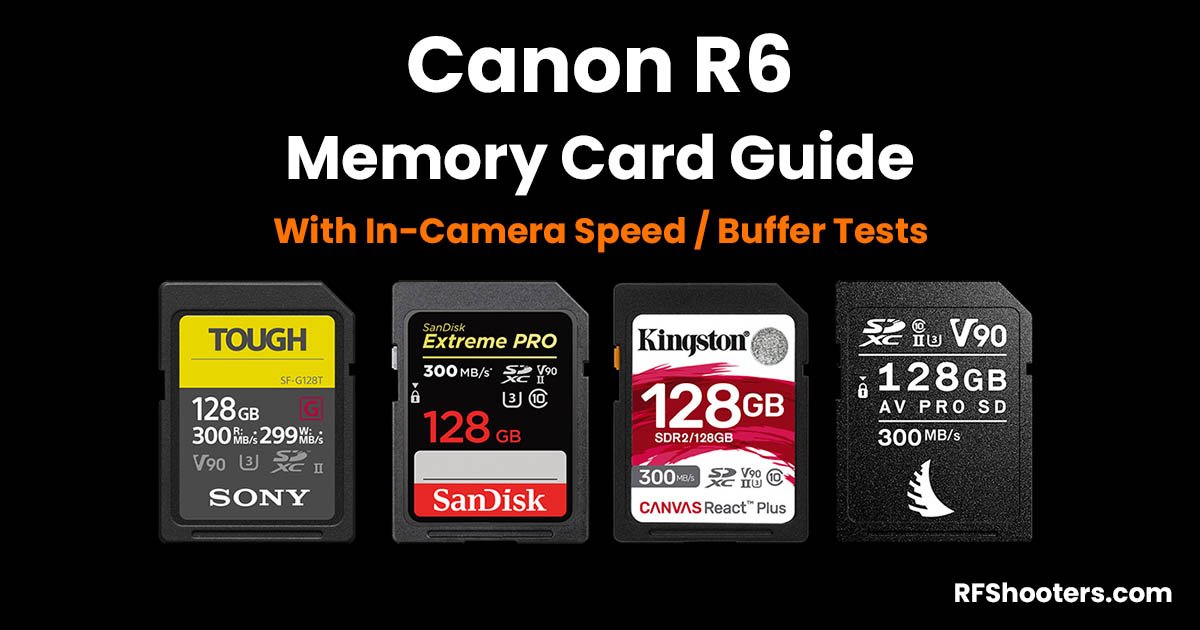Before you start unpacking the camera from the box, remember to update EOS Utility to the latest version (at this time it is version 3.16.1.3). The update information should appear automatically when you launch EOS Utility. Why? Because with the old version of EOS Utility installed, when trying to synchronize the camera with the computer (WiFi network connection on the basis of camera -> router -> computer), the camera freezes to such an extent that it is necessary to remove the battery to reset the camera to make it work again.
It also froze once after taking my eye off the EVF and trying to look at the LCD screen, but fortunately it unfroze itself. So far it has only happened once, and I hope that it will not happen again.
After unpacking the camera from the box and turning it on, I changed a few options for taking sample photos.
Image quality: RAW
Auto Lightning Optimizer: OFF
Picture Style: Neutral
Lens aberration correction: All to OFF
High ISO speed NR: OFF
Shutter mode: Electronic (ES)
AF operation: AI FOCUS
AF area: 1-point AF
Subject to detect: Auto
The camera comes standard with P mode selected on the mode dial, and I took sample photos in this mode.
I attached the Canon RF 85mm F2 Macro IS STM lens to the camera.
Download RAW files:

1drv.ms
Due to the fact that I still have the EOS R camera model at home, I was very interested in how both camera models would fare in the sensor resolution comparison, especially after reading the following words published in this
https://www.popphoto.com/gear-reviews/canon-eos-r6-mark-ii-early-review/ review:
Canon also says the R6 Mark II has a resolution performance that is superior to the EOS 5D Mark IV, which provides 30.4 megapixels.
It's probably not that good, but fortunately it's not worse than in EOS R, which I was most afraid of (after all, 6 megapixels escape from the sensor here).
These comparative RAW files that you can download from the link below should be opened only under DPP, because in other applications a color error may appear - such an application is, for example, PhotoScape X.
The camera settings are the same as for taking sample photos, except for the Subject to detect option which I had to set to OFF. In order to perform this modest test, I switched to the Av shooting mode. After switching to the Av shooting mode, the factory-set aperture value was revealed, which is f/5.6.
Download RAW files:

1drv.ms
I do not know what is responsible for this slight image shift in the frame, both cameras were perfectly leveled according to the indications of the spirit levels visible on their LCD screens. The photos were taken from a tripod with a 2-second self-timer, with artificial lighting with a declared color temperature of 2700K, so it would be appropriate to apply the white balance correction from AWB to 2700K yourself.
This camera model is the first full-frame Canon camera to feature the option of a digital tele-converter. The available magnifications are 2.0x and 4.0x. The digital tele-converter does not work when saving images to RAW files.
This camera model, like the R3, R7 and R10 models, is MFi certified by Apple.
I have a JJC glass model JJC GSP-EOSR6 on the LCD screen. It does not cost a fortune, and what is very important for some people, it does not block the closing of the LCD screen. It does not fit perfectly with the LCD screen (it is shorter by about 1 mm), and this is its only drawback.
We've tested 20 memory cards in the Canon R6 Mark I to find out how many shots you can take before hitting the buffer and which cards clear the buffer the fastest.

rfshooters.com
https://alikgriffin.com/best-memory-cards-for-the-canon-r6/ (sorted by In-Camera Write)
After reading these two tests, I bought myself a set of two Kingston Canvas React Plus UHS-II memory cards with a capacity of 64 GB each along with the MobileLite Plus SD memory card reader. With these cards inserted into both slots, the camera turns on instantly, and saves data instantly.
That would be all from me for now. Please don't ask me for more tests, because I've already started setting the camera up for myself, and I won't specifically change the settings back to factory. I would be able to continue testing if Canon had not cut out the possibility of saving my own configuration to the memory card in this camera model.


